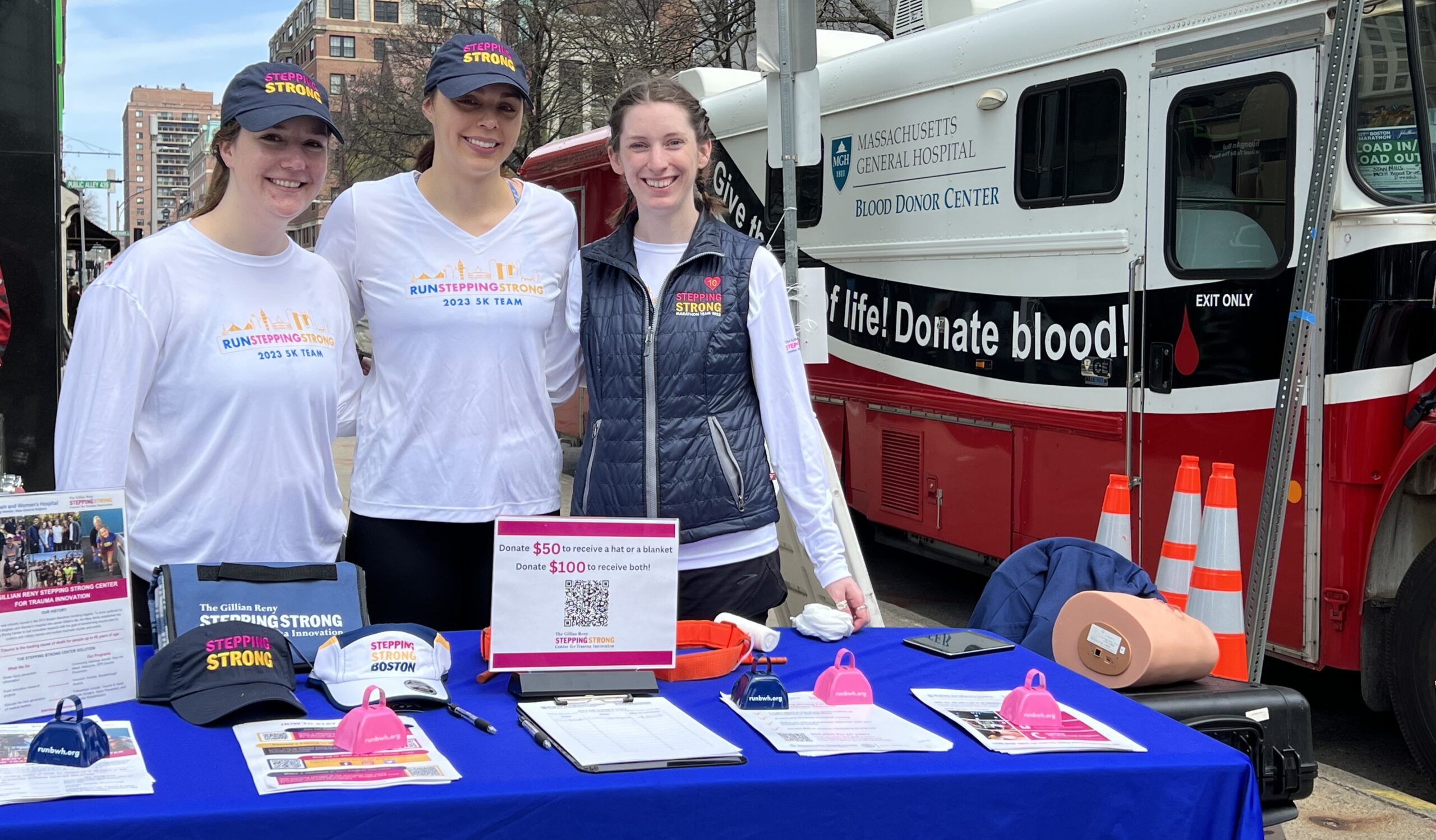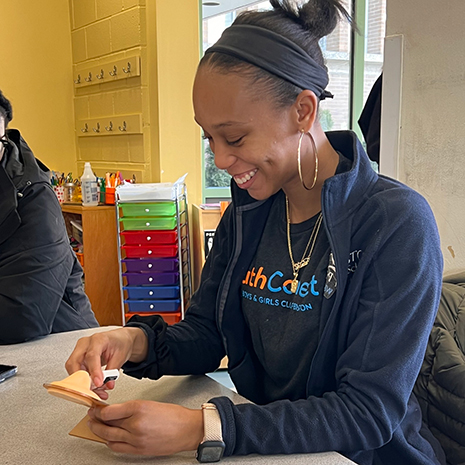
Minutes matter in an emergency. Before first responders arrive at an emergency, there are actions bystanders can take to save lives and improve outcomes with basic knowledge and training. Through our Stepping Strong Trainings, the Stepping Strong Center empowers individuals by teaching life-saving skills to intervene in an emergency.
While trainings are typically offered to groups or organizations, we encourage individuals to reach out about other training opportunities that may become available.
For additional information, please contact Veronica Topp at vtopp@bwh.harvard.edu.
|
Stop the Bleed
|
Why is this training important? Blood loss is the number one cause of preventable injury-related death. This training empowers participants to effectively control traumatic bleeding by applying pressure, packing a wound, and utilizing tourniquets. Trainees will leave with an understanding of how they can help prevent traumatic blood loss to save lives and will be equipped with bleeding control resources. Training Length: 1.5 Hours |
|
Naloxone Administration
|
Why is this training important? Deaths due to opioid overdose more than quadrupled from 1999 to 2019 and continue to be a significant public health issue today. This training empowers participants to administer naloxone, an FDA-approved medication that can rapidly reverse an opioid overdose when given in time. Trainees will leave with an understanding of how to recognize and respond to an overdose and will be equipped with naloxone and other opioid overdose prevention resources. Training Length: 1 Hour |
|
QPR Suicide Prevention
|
Why is this training important? In 2021, nearly 50,000 people died by suicide and over 1 million people planned a suicide. Based on the QPR model, this evidence-based program empowers participants to Question someone who may be suicidal, Persuade them to get help, and Refer them to the appropriate resources. Trainees will leave with an understanding of how to recognize and intervene when someone is at risk of suicide and will be equipped with a variety of suicide prevention resources and further education. Training Length: 1 Hour |



